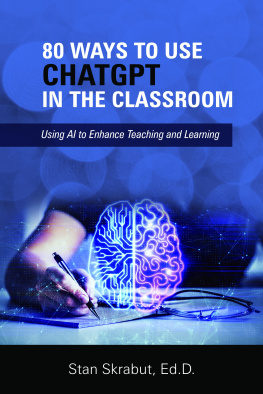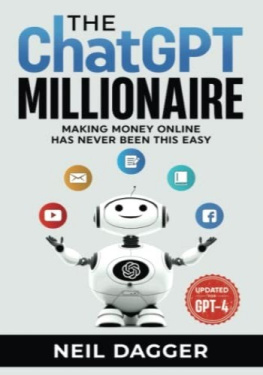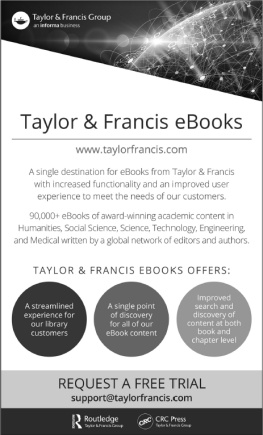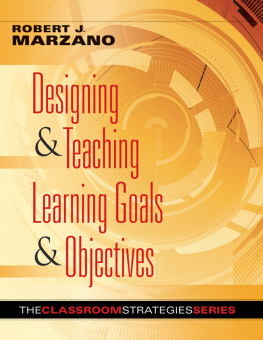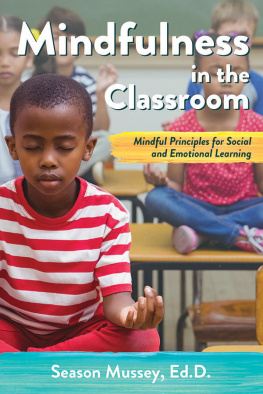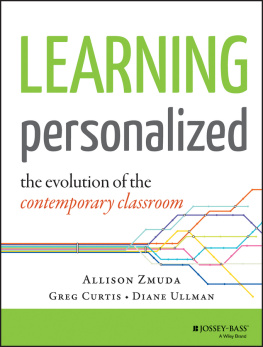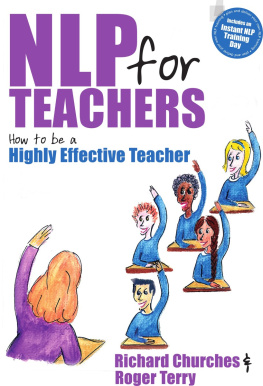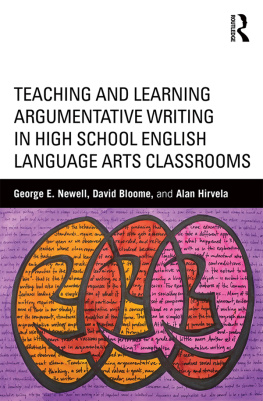C hatGPT leapt onto the scene in November 2022. It is already disrupting businesses and industries like higher education, similar to the printing press and the internet. At its core, chatGPT uses artificial intelligence to compose responses to queries spanning numerous topics.
Naturally, in education, the camps are divided between those who want to ban chatGPT because they see it as a way for students to cheat. In contrast, others see it as a tool to extend learning. As an instructional technologist, I see great potential in chatGPT. I have already started using it to support the faculty I work with.
This book provides examples of using chatGPT to enhance the classroom experience in teaching and learning. I have shared different ways that you can use chatGPT in your classroom. For each idea, I have provided an example. The example has two parts:
- The prompt provided to chatGPT. These are in bold.
- The response from chatGPT. These are in italics.
It is also important to note that I do not always agree with the results that chatGPT provided. Nevertheless, I want to show you what is possible.
I am excited about what I have discovered as I work through each example. The possibilities are endless. I hope you are as enthusiastic as I am.
What is chatGPT?
When asked, chatGPT explained that it is a pre-trained language model created by OpenAI. It is a variant of the GPT (Generative Pre-training Transformer) model and is trained on a large dataset of conversational text. It can be fine-tuned for a variety of natural language processing tasks such as language translation, question answering, and text completion. It can also be used to generate human-like text for tasks such as chatbot development and language generation.
ChatGPT is another addition to a line of artificial intelligence writing tools such as Jasper, Sudowrite, Quillbot, etc. It builds on Grammarly, the Hemingway app, Google Docs, Microsoft Word, and others. Historically, education has pushed back on new technologies entering the field, such as writing, printing press, slide rulers, calculators, computers, word processors, spell checkers, grammar checkers, the internet, Wikipedia, open educational resources, etc.
Developers trained ChatGPT on a conversational text dataset, including an extensive collection of dialogue from various sources such as books, movies, and websites. OpenAI has not publicly disclosed the specific dataset used to train the model. The training dataset is vast, with over a billion words, used to train the model to learn the nuances of conversational language and generate human-like responses.
OpenAI has not publicly disclosed the specific data used to train ChatGPT. However, they prepared the model with a diverse dataset that includes a wide range of factual information such as historical events, science, technology, and general knowledge. The training data came from various sources such as books, articles, and websites that provide accurate and reliable information. Additionally, the model could have been fine-tuned on specific factual datasets to improve its performance on certain tasks, although this information is not publicly available.
How to Use chatGPT
ChatGPT is a web-based tool. You can find it at https://chat.openai.com/. You must create an account to begin using chatGPT. Once you have created an account, you type in a query or action into the chat field provided. ChatGPT typically responds within 30 seconds.
ChatGPT cannot review external pages; however, you can copy and paste the content into chatGPT. When doing so, enclose the content within quotes. ChatGPT has a query size limit and will warn you if you exceed it. Here are examples of possible prompts:
Summarize this article

